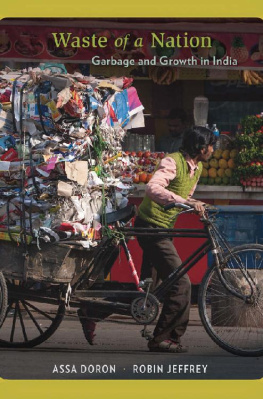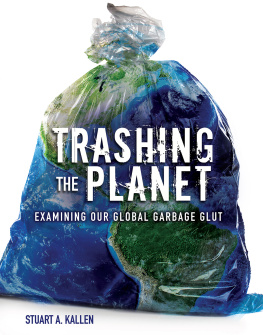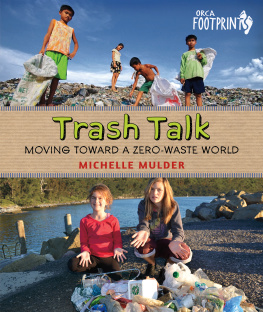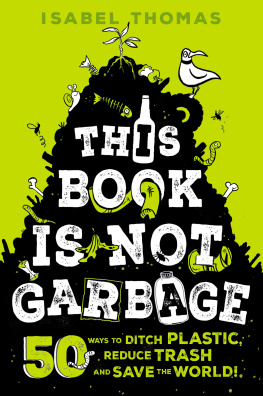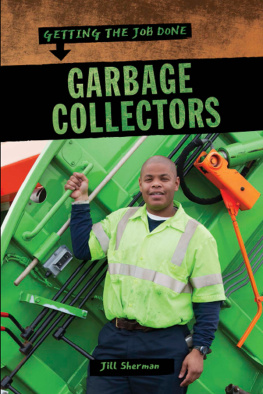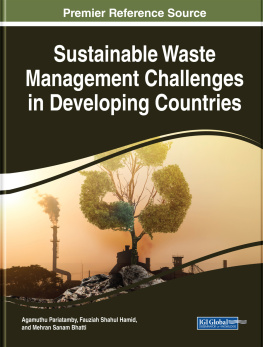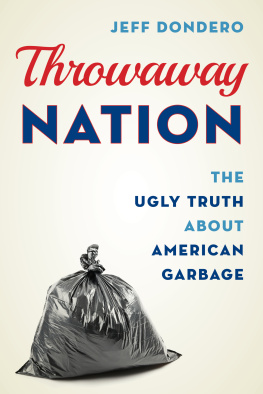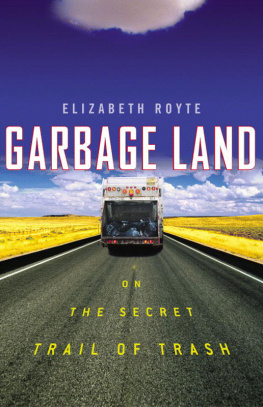Assa Doron - Waste of a Nation: Garbage and Growth in India
Here you can read online Assa Doron - Waste of a Nation: Garbage and Growth in India full text of the book (entire story) in english for free. Download pdf and epub, get meaning, cover and reviews about this ebook. year: 2018, publisher: Harvard University Press, genre: Politics. Description of the work, (preface) as well as reviews are available. Best literature library LitArk.com created for fans of good reading and offers a wide selection of genres:
Romance novel
Science fiction
Adventure
Detective
Science
History
Home and family
Prose
Art
Politics
Computer
Non-fiction
Religion
Business
Children
Humor
Choose a favorite category and find really read worthwhile books. Enjoy immersion in the world of imagination, feel the emotions of the characters or learn something new for yourself, make an fascinating discovery.
- Book:Waste of a Nation: Garbage and Growth in India
- Author:
- Publisher:Harvard University Press
- Genre:
- Year:2018
- Rating:5 / 5
- Favourites:Add to favourites
- Your mark:
Waste of a Nation: Garbage and Growth in India: summary, description and annotation
We offer to read an annotation, description, summary or preface (depends on what the author of the book "Waste of a Nation: Garbage and Growth in India" wrote himself). If you haven't found the necessary information about the book — write in the comments, we will try to find it.
In India, you can still find the kabaadiwala, the rag-and-bone man. He wanders from house to house buying old newspapers, broken utensils, plastic bottlesanything for which he can get a little cash. This custom persists and recreates itself alongside the new economies and ecologies of consumer capitalism. Waste of a Nation offers an anthropological and historical account of Indias complex relationship with garbage.
Countries around the world struggle to achieve sustainable futures. Assa Doron and Robin Jeffrey argue that in India the removal of waste and efforts to reuse it also lay waste to the lives of human beings. At the bottom of the pyramid, people who work with waste are injured and stigmatized as they deal with sewage, toxic chemicals, and rotting garbage.
Terrifying events, such as atmospheric pollution and childhood stunting, that touch even the wealthy and powerful may lead to substantial changes in practices and attitudes toward sanitation. And innovative technology along with more effective local government may bring about limited improvements. But if a clean new India is to emerge as a model for other parts of the world, a binding morality that reaches beyond the current environmental crisis will be required. Empathy for marginalized underclassesDalits, poor Muslims, landless migrantswho live, almost invisibly, amid waste produced predominantly for the comfort of the better-off will be the critical element in Indias relationship with waste. Solutions will arise at the intersection of the traditional and the cutting edge, policy and practice, science and spirituality.
Assa Doron: author's other books
Who wrote Waste of a Nation: Garbage and Growth in India? Find out the surname, the name of the author of the book and a list of all author's works by series.

